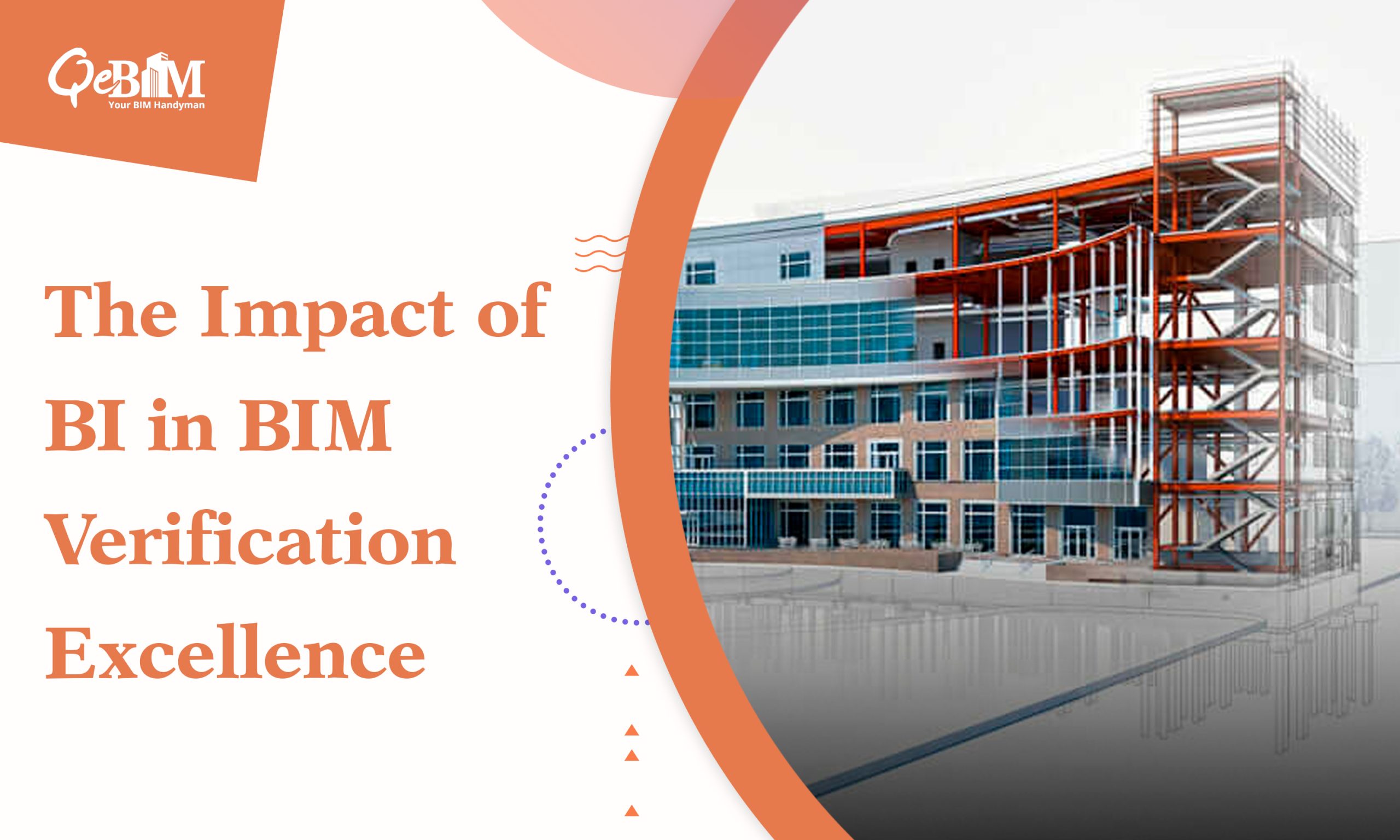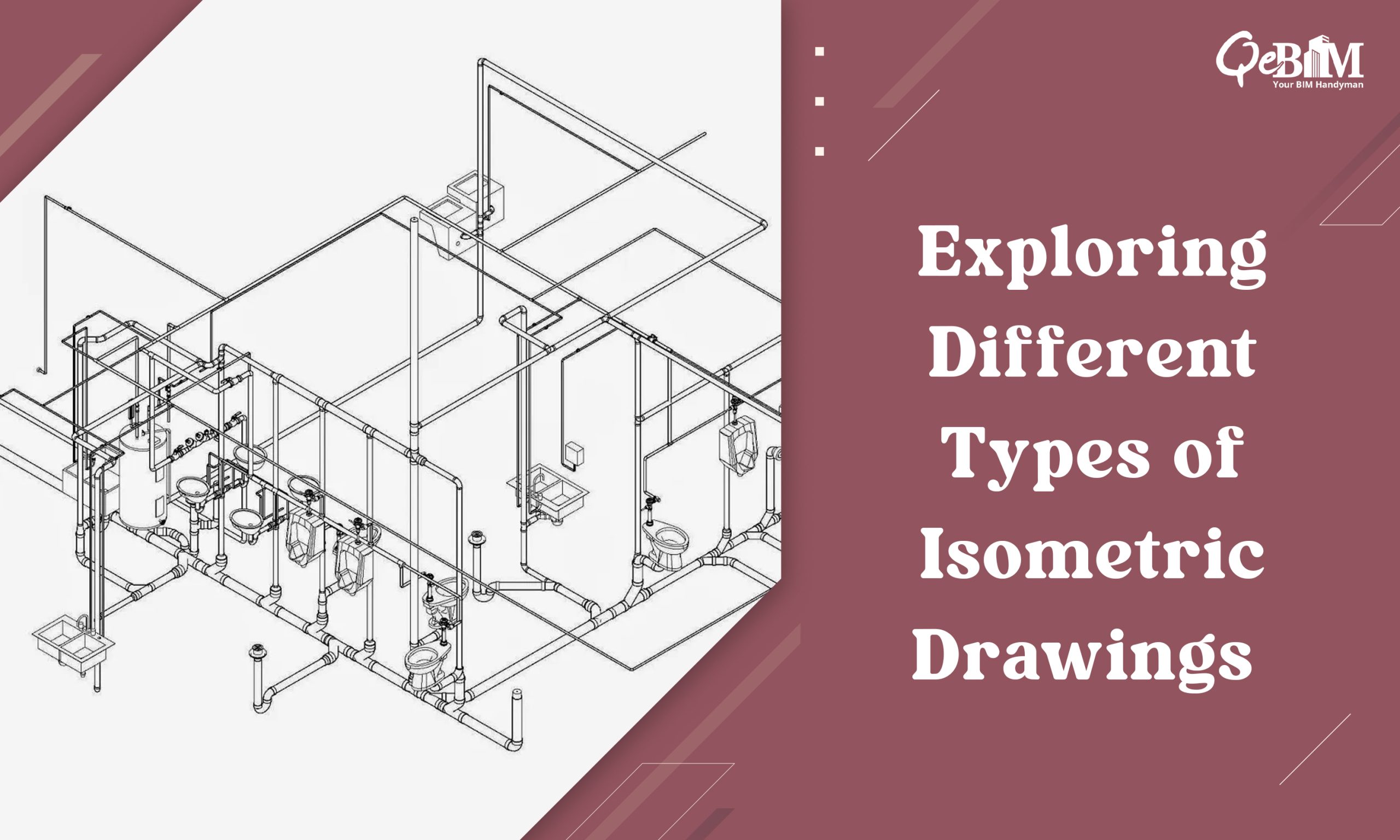Introduction:
In the construction domain, BIM plays a crucial role in fostering collaboration, accuracy, and efficiency throughout the project lifecycle. However, to further enhance the capabilities of BIM for verification process, the integration of Business Intelligence (BI) can act as a transformative force.
The below article will depict the synergy between BI and BIM verification and how their combination will help in reducing complexities and achieving next level in decision making thereby improving the project outcomes. But first let’s understand what exactly is the BIM verification and its process.
Understanding The Concept of BIM Verification:
BIM verification is the process that ensures that the digital representation or the illustration of any building structure accurately mirrors its physical reality i.e., it is the exact replica of the structure to be constructed. The process involves validating the geometric precision, data integrity, and overall consistency within the BIM model. Traditionally, this process was totally dependent on the manual checks which were very time-consuming and were susceptible to human errors.
What are the Challenges in Traditional BIM Verification:
As the construction projects are becoming increasingly complex, the demand for a more robust and efficient verification process arises. Considering the traditional methodologies, they were way more reliant on periodic audits and manual inspections. This was quiet a struggle to keep pace with. But with BI entering the scenario as a catalyst offering a data-driven approach, the whole BIM verification scenario revolutionized. BI plays a pivotal role in the BIM verification process, let’s see how.
The Role of BI in BIM Verification:
1) Data Integration and Analysis: BI tools can be seamlessly be integrated with the BIM software, amalgamating data from diverse sources and disciplines. This integration allows for a more intense and comprehensive analysis, helping to identify all the inconsistencies and potential clashes within the BIM model. The speed and accuracy of BI in analysing the large datasets steps for an enhanced BIM verification.
2) Real-time Monitoring and Reporting: BI tools allow to get a real-time lens into the BIM model. It allows stakeholders to keenly monitor changes and do necessary updates as they occur. This prompt visualization fosters collaboration and ensures the instant identification of any deviations from the project specifications. In addition to this, BI’s Automated reporting feature further streamlines the communication channels for better precision.
3) Predictive Analytics: BI facilitates with predictive analytics, allowing the algorithms to do its work with forecasting potential issues based on the historical data. This forward-looking approach empowers the project teams to address issues proactively thereby reducing delays and cost overruns. Predictive analytics in BIM verification calls for a new era of anticipatory problem-solving.
4) User-friendly Dashboards: BI tools do offer an intuitive, user-friendly and customized dashboard that helps in understanding complex BIM data visually. This allows stakeholders to gain insights about the status of the project and key performance indicators. This also promotes communication and collaboration among the project teams.
5) Scalability and Flexibility: BI solutions are intrinsically scalable and are also adaptable to the varied project requirements. Be it a modest development or a colossal infrastructure, BI tools hold the scope to accommodate varying levels of complexities as well as data volumes.
Many construction projects have foreseen the transformative impact of BI in BIM verification. BI tools have proven to be of utmost use in monitoring and analysing the BIM model continuously with generating remarkable results in the form of substantial reduction in clashes, improved collaboration, and streamlined decision-making.
Conclusion:
The fusion of BI with BIM Services indicates a new era in construction technology. The precision and efficiency brought by BI in data analysis, real-time monitoring, and predictive analytics contribute to a more streamlined and accurate BIM verification process.
As the construction industry continues towards the digital transformation, the sync between BIM and BI, promises to redefine the construction project’s scenario globally. The integration of BI is not just a technological progression; it’s a revolutionary shift towards a future where construction accuracy is synonymous with data-driven excellence.


